Investigating What Makes a Sports Photo Excellent
Curator Gail Buckland on what gives a sports photograph staying power
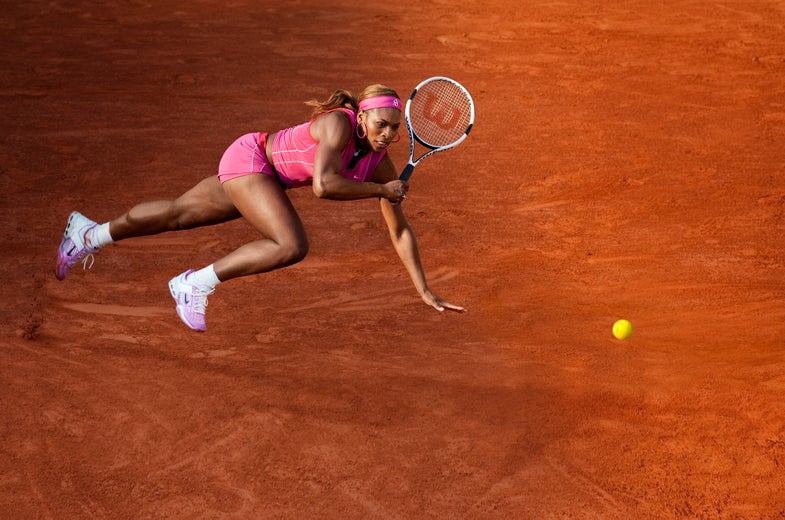

From its earliest days, still photography’s ability to freeze action has naturally complemented the fast-moving world of sports. “To play and to watch sports is to be in the moment. Still photographers are masters of moments,” says Gail Buckland, curator of the Brooklyn Museum’s exhibition Who Shot Sports: A Photographic History, 1843 to the Present. Comprising more than 230 images throughout three large galleries, the herculean survey runs through January 8, 2017. It’s accompanied by a 344-page coffee-table book from Knopf.
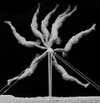
The collection ranges from early motion studies by Eadweard Muybridge and Georges Demenÿ to iconic portraiture by Walter Iooss and Herb Ritts. While it celebrates the beauty and ability of athletes—as well as the zeal of their fans—this work revolves around the views of the photographers who created it. As a photo historian who has covered everything from the invention of photography to true-crime pictures, Buckland brings a scholarly discernment to both image selection and text passages. Here Buckland talks with American Photo about the affinities between sports, culture, history, and the power of the still photograph.
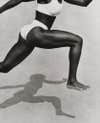
We spoke seven years ago when you curated a huge exhibition at the Brooklyn Museum. That was Who Shot Rock & Roll. Here we are again with Who Shot Sports. You seem to take on big topics …
Well, before that I did The American Century with Harold Evans. That took me 12 years—including a hundred years of American political history, two world wars, and every president—so yeah, my head does work that way. I don’t mind a big project as long as I have enough time to do it.

When did you start working on Who Shot Sports?
It was shortly after Who Shot Rock & Roll, which went to ten museums around the world. That was quite a ride. I enjoy taking subjects that have been sort of left out of the history of photography and enlarging the canon—really looking at the photographs and not pretending there is this hierarchy where one type of image is more worthy than another.
So I mentioned to my partner, happily, that I wasn’t working on a book … and he just said, “Sports.” He could say that because he doesn’t love sports that much. And he knows I don’t know anything about sports. I said to him: “Sports? That’s ridiculous—I know nothing about sports—that’s a great idea!” But it’s not that I just want to package ideas. There’s not going to be a Who Shot Something Else …
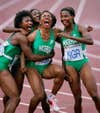
Who Shot Cats?
Maybe that’s what will make me money! Still waiting to get rich off a book. But actually, I realize the reason I do this: I tell my students [at Cooper Union] that most of what I learn I learn through pictures—in researching a subject. And it’s been fascinating to see sports through the eyes of the photographers and to try to find pictures that help explain why people love sports so much. That’s been a great aesthetic experience. Because we do love these bodies in movement, we do celebrate men and women who can take the human body to its fullest potential, we do love great pictures—excitement, form, shape, color.

But you’re no sports fanatic. Do you think that helped you to be objective about the pictures?
Yes I do, because I know plenty of fanatics who can’t look at a picture objectively. They’re emotionally caught up with their favorite teams and athletes. Sports are tribal. I was going to have a section in the book and the show on iconic photographs, but I realized it’s very specific to your nationality. I asked my French friends, my Brazilian friends … there are no common denominators. Americans might agree on the top ten iconic shots, but I wanted this to be global.
I’m very clear about what I’m looking for: great photographs that live through time, not because of their subject necessarily, but because they have those lasting qualities that we respect in a photograph. I’m also looking for an historic arc, to show the progress from the earliest cameras through modern times.
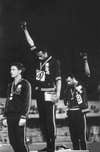
This was a huge photo research project. Did people cooperate? They must find this validating …
The photographers were touched that I was interested in their work. Many times they had not been in a museum show. But they’re serious about the craft. I would ask, “What do you look for?” and they would say, “I like to have a good clean background,” or “I want to make sure the colors pop.” They’re not saying Michael Jordan; they’re saying, “How do I make a good picture?” And that connects them with all the other photographers. They do feel they are in an artistic tradition. When I go to their houses they have books by Henri Cartier-Bresson and Walker Evans.
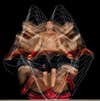
You have a chapter and a wall section on the Decisive Moment. In sports, that could either be the Dramatic Moment—when some sporting marvel just happened—or it could be the Aesthetic Moment, when things look right. How did you try to reconcile that stuff in choosing images?
I didn’t reconcile it. I recognized it. I wrote in my book that the Decisive Moment in a game is not the photographer’s Decisive Moment. The winning touchdown or the dunk shot or the absolute most beautiful pivot on the parallel bars: That doesn’t make for what we know as Cartier-Bresson’s Decisive Moment, when all the elements in a photograph come together so that it becomes a total picture—balance and form and poetry. Sometimes it happens.

I tried to choose photographs that have elements that make the pictures feel absolutely right. The bodies spread across the field in balance and form. People talk about historical paintings having some of the same qualities. We can bring a lot of things we know about photography to this subject: the importance of the frame, the importance of the field, and how all that action takes place within those boundaries.

You also use categories, like Portraits, to guide the work.
In organizing the book and show there was a eureka moment, when I realized I could do it the way photographers think. And that’s all about vantage point: Where do I put the camera? The nature of portraiture is trying to do something that is powerful and artful. A lot of the people we know as art photographers are not standing on the sidelines and shooting sports per se, but they are captivated by athletes who know how to use their bodies so well to pose as they are directed.

The photographic equipment runs the gamut …
In the back of the book we have a technical timeline. It shows how sports photographers have pushed the technology, right from Muybridge developing a shutter to photographers using robots and drones and computers and underwater housings and remotes.
Sports photographers are always pushing the envelope, because they have to stop motion, and they have to make it more and more exciting for the viewer. And camera manufacturers know that. They compete to get prototype cameras in the hands of sports photographers. There’s a big camera market with parents who go to watch their kids play sports and realize an iPhone just doesn’t do it. So they buy a real camera to get great shots of their kids playing soccer or whatever.

Sports photography has proliferated in the social media age …
And it’s more ephemeral. A lot of people are not seeing sports photography in newspapers or magazines, which they used to turn to often. They’re looking at it online and it’s here and gone. And the quality has changed: Because cameras are so advanced now, good pictures are coming out—but there was a time when you had to really be great.
Some photographers I talked to said, “Why would I ever need more than 12 pictures, even at an important game? I know what to shoot, I know where to stand, and how to focus.” And now it’s 7,000 exposures for one game. They will get some good ones, but it’s different.

So your project celebrates sports images with staying power.
And I want to put the photographers in a larger context. I think they’ve made major contributions to photography, both technically and aesthetically, and to social history and art history. These are the people who have given sports a lasting image—because the still image does last through time.
Who Shot Sports: A Photographic History, 1843 to the Present runs at the Brooklyn Museum through January 8, 2017.
